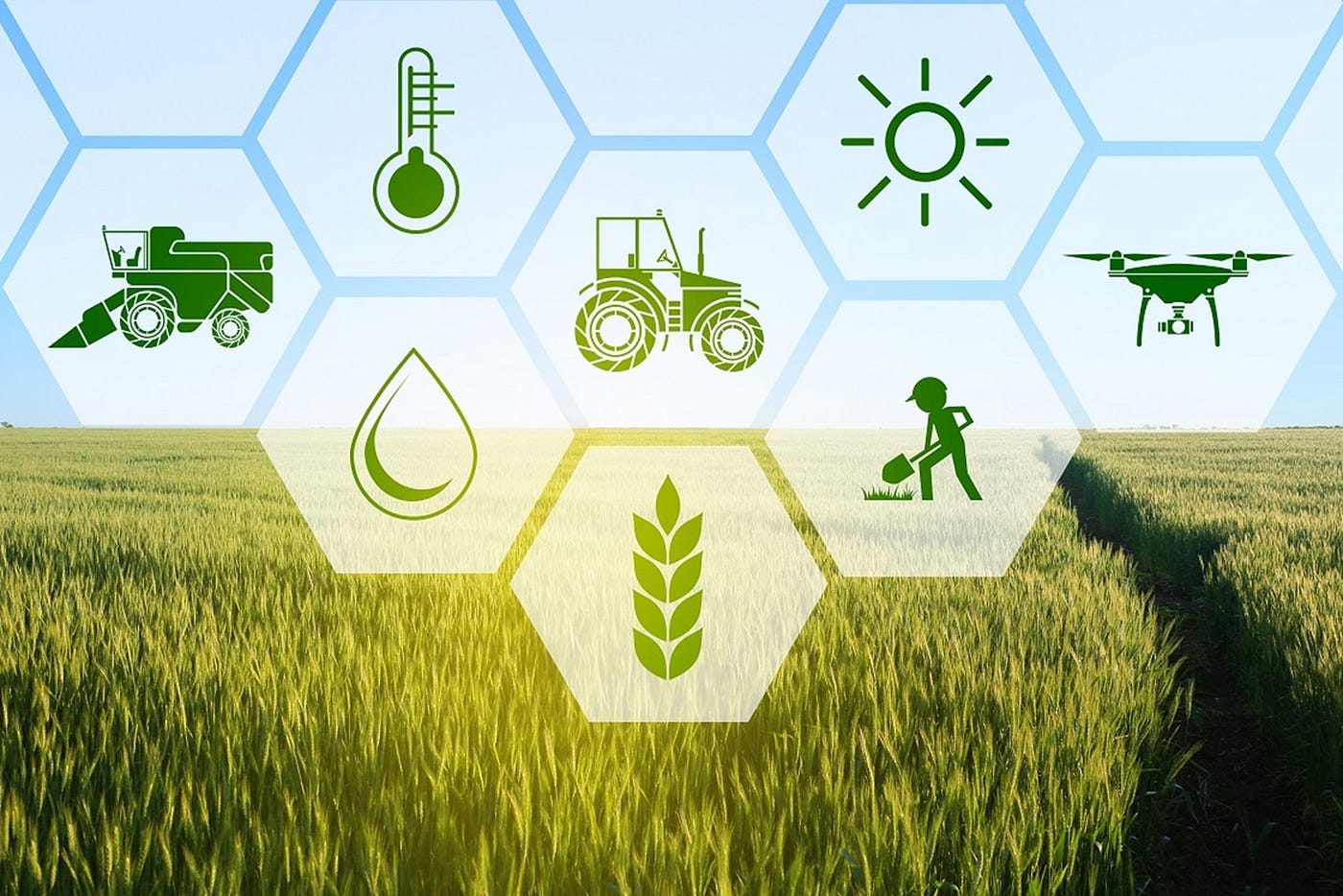Introduction
Agriculture has been the backbone of human civilization for centuries, but with climate change, resource depletion, and population growth, traditional farming methods are under pressure. Enter Artificial Intelligence (AI) and the Internet of Things (IoT), two technological marvels that are transforming farming into a more sustainable, efficient, and productive industry. But how exactly are these technologies changing the agricultural landscape? Let’s dive in!
The Growing Need for Sustainable Farming
The Challenges in Traditional Farming
- Water scarcity: Agriculture consumes around 70% of the world’s freshwater supply.
- Soil degradation: Overuse of chemicals and monocropping reduce soil fertility.
- Climate change: Unpredictable weather patterns impact crop yields.
- Labor shortages: Fewer people are entering the farming profession.
The Role of Technology in Addressing These Issues
Technology, particularly AI and IoT, offers innovative solutions to optimize resources, improve crop yields, and reduce environmental impact. From smart irrigation systems to AI-driven pest detection, farmers now have powerful tools at their disposal.
How AI is Revolutionizing Farming
1. AI-Powered Precision Agriculture
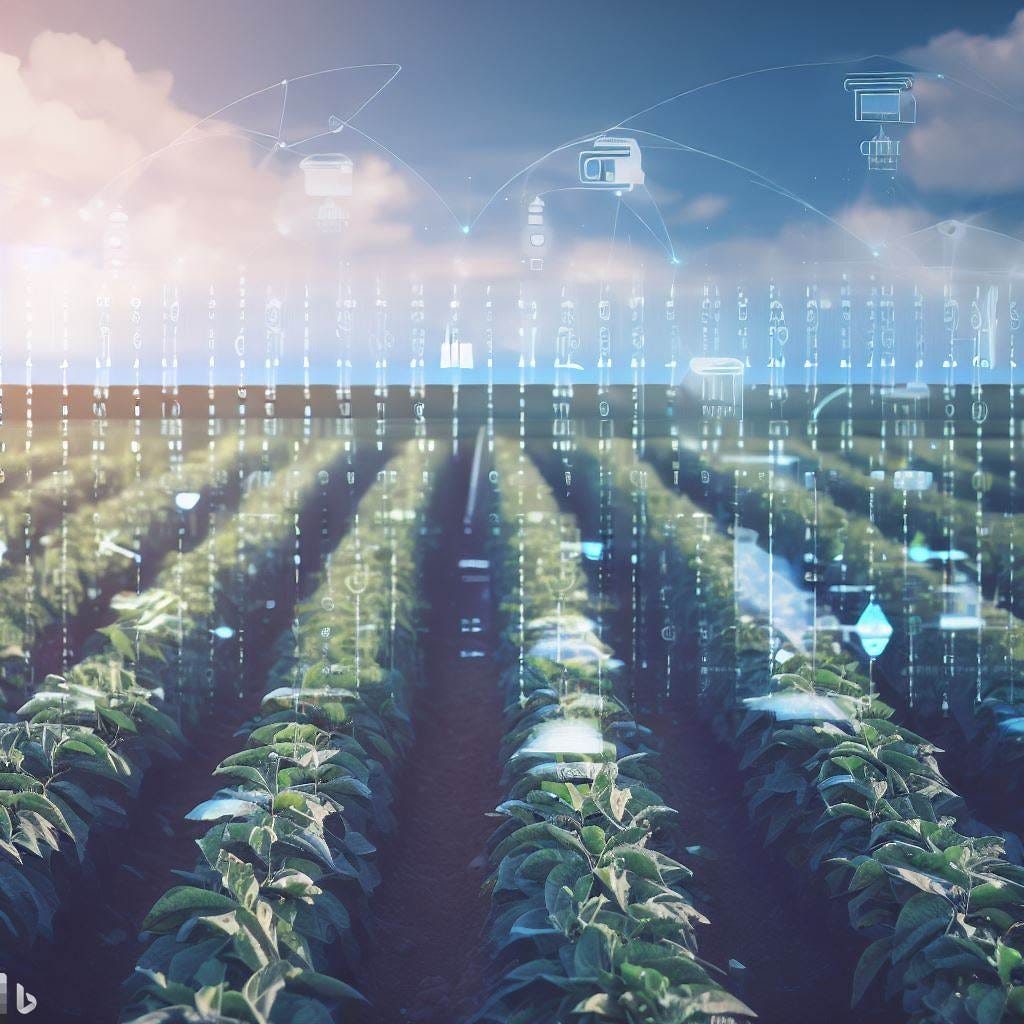
Precision agriculture leverages AI to analyze data from various sources satellite images, soil sensors, and weather forecasts to help farmers make informed decisions.
- Yield prediction: AI predicts crop yields based on historical data and real-time factors.
- Soil health monitoring: AI algorithms assess soil conditions and recommend nutrient levels.
- Pest and disease detection: AI-powered image recognition identifies pests and diseases early.
2. AI in Crop Monitoring and Management
AI drones and computer vision tools scan fields and identify areas needing attention. With real-time analysis, farmers can take corrective actions, reducing chemical usage and preventing crop loss.
3. Automated Farm Machinery
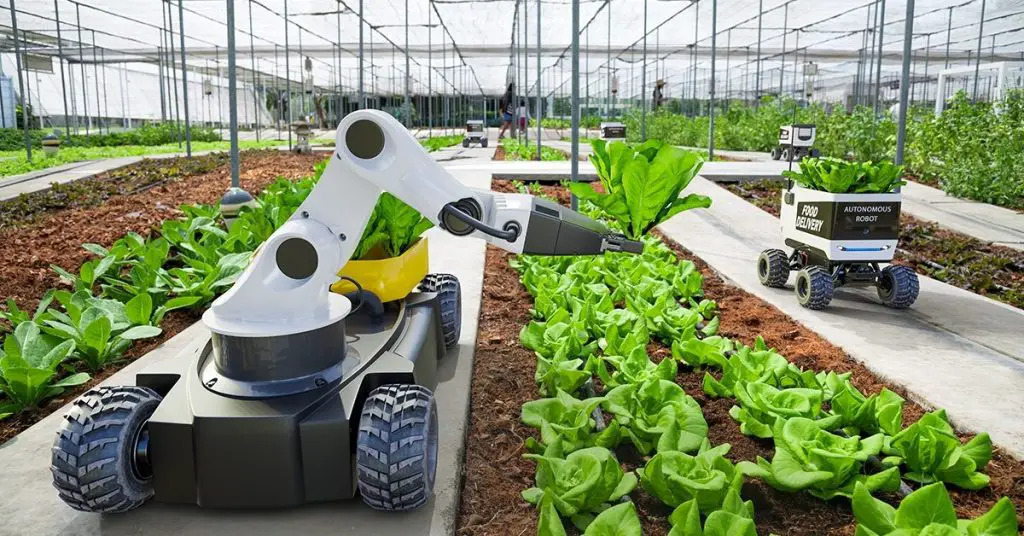
AI-driven autonomous tractors and harvesters reduce labor dependency and improve efficiency.
- Self-driving tractors: These machines plow, seed, and fertilize with precision.
- AI-assisted robots: They can pick fruits and vegetables with care, reducing waste.
IoT Applications for Real-Time Fleet Monitoring in Supply Chains
4. AI-Driven Smart Irrigation Systems
Water is a precious resource, and AI helps optimize its use by analyzing weather forecasts, soil moisture levels, and plant needs.
- Smart sprinklers: These activate only when necessary, preventing water wastage.
- AI-based irrigation scheduling: Reduces overwatering and ensures crops receive the right amount of water.
The Role of IoT in Sustainable Farming
5. Smart Sensors for Real-Time Data Collection
IoT sensors placed in soil, weather stations, and on livestock provide crucial data.
- Soil moisture sensors: Help farmers adjust irrigation based on real-time needs.
- Temperature and humidity sensors: Aid in climate control for greenhouses.
- Livestock tracking sensors: Monitor animal health and activity levels.
6. IoT-Enabled Smart Greenhouses
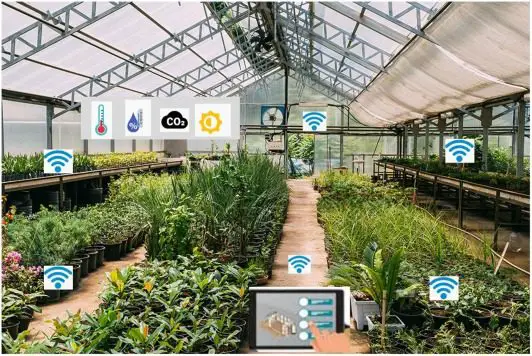
IoT-powered greenhouses use sensors and automation to maintain optimal conditions, ensuring better yield with minimal resource use.
- Automated ventilation: Adjusts airflow to prevent overheating.
- Intelligent lighting: Uses LED grow lights that adapt to plant needs.
7. IoT in Supply Chain Optimization
From farm to table, IoT ensures minimal food wastage and better logistics management.
- Cold chain monitoring: Maintains the right temperature for perishable goods.
- Smart tracking systems: Reduce delays and prevent spoilage.
The Synergy of AI and IoT in Agriculture
8. Predictive Analytics for Better Decision-Making
By combining AI’s analytical capabilities with IoT’s real-time data, farmers can make proactive decisions.
- Weather forecasting integration: Helps plan planting and harvesting schedules.
- Market demand prediction: Optimizes production to match demand and avoid surplus.
9. AI and IoT for Pest and Disease Control
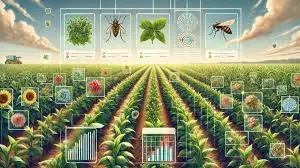
Summary of Former Interstellar Mercenary in Urban Cultivation World
By integrating AI-powered image recognition with IoT sensors, farmers can detect infestations early and apply targeted treatments, reducing pesticide use.
10. Sustainable Resource Management
- Energy efficiency: AI optimizes the use of solar panels and wind energy on farms.
- Carbon footprint reduction: Smart monitoring reduces greenhouse gas emissions from farming equipment.
The Future of AI and IoT in Farming
11. Blockchain Integration for Transparent Agriculture
Combining AI, IoT, and blockchain can enhance food traceability, ensuring ethical and sustainable practices.
12. Vertical Farming and AI-Driven Hydroponics
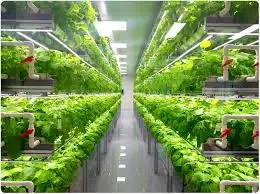
Urban farming solutions like vertical farms use AI and IoT to maximize space and resource efficiency.
13. AI and IoT in Climate-Resilient Farming
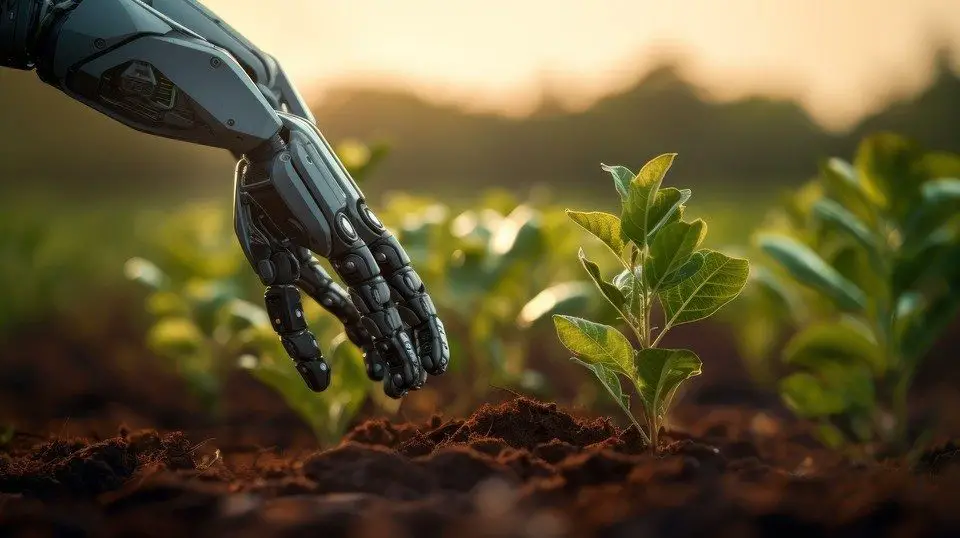
With climate change posing new challenges, these technologies will play a crucial role in adapting to unpredictable conditions.
Challenges and Considerations
14. High Initial Costs
Setting up AI and IoT systems requires significant investment, but long-term benefits outweigh costs.
15. Data Security and Privacy Concerns
With vast amounts of data being collected, securing farmer and consumer information is crucial.
Conclusion
AI and IoT are not just futuristic concepts; they are actively transforming agriculture today. By making farming more efficient, reducing environmental impact, and improving food security, these technologies offer a sustainable path forward. As adoption increases, we can expect even greater innovations in the agricultural sector, paving the way for a smarter and greener future.
FAQs
1. How does AI help in reducing pesticide use?
AI identifies pests early, allowing for targeted treatments instead of blanket pesticide application, thus reducing chemical use and environmental impact.
2. Can small-scale farmers afford AI and IoT technologies?
While initial costs can be high, many governments and organizations offer subsidies and affordable solutions tailored for small-scale farmers.
3. What are the biggest challenges in implementing AI and IoT in farming?
Cost, data security, and the need for digital literacy among farmers are some of the main challenges.
4. How does IoT help in reducing water consumption in agriculture?
IoT sensors monitor soil moisture levels in real time, allowing farmers to irrigate only when necessary, thus conserving water.
5. What is the future of AI and IoT in farming?
The future includes more automation, AI-powered weather prediction, advanced vertical farming, and blockchain-integrated transparent food systems.
